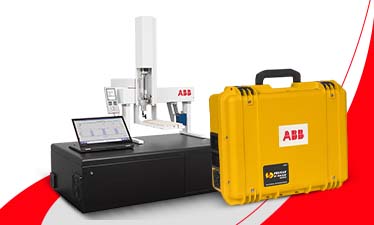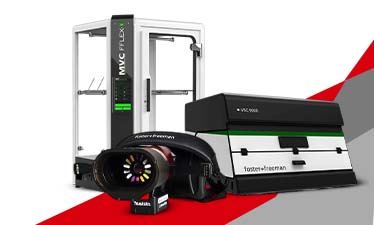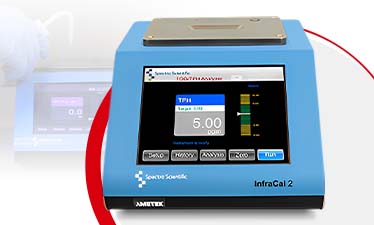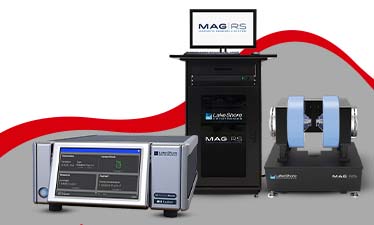Evaporation & Extraction
The process of decreasing the volume of a solvent by distributing it like a thin film across the interior of a vessel at elevated levels of temperature and decreased pressure is known as Rotary Evaporation. This makes way for the rapid removal of excess solvents from samples that are less volatile. Most of the rotary evaporators come with four major components which are known as a condenser, rotor, heat batch and solvent trap. Adding to that, a vacuum pump or aspirator is required to be attached along with a round bottom flask and bump trap which contains the sample that is to be concentrated.
A commonly used device, a rotary evaporator is used by chemical laboratories for gentle and efficient removal of the volatile solvents from samples via evaporation. They can be found in almost all types of organic laboratory. By rotating, the rotating flask shapes a thin film in negative pressure condition by heating, it will get evaporated and after that, the vapor is liquefied, condensed and recollected for separation. Conventional thin-film evaporator comes with a water bath which can be heated in either a crystallization dish or a metal container which keeps the solvent from getting frozen during the process of evaporation. Under vacuum, the solvent is removed and trapped by a condenser which is later collected for easy reuse and disposal.
Dedicated solutions for laboratory rotary evaporation are offered by BUCHI. They can also offer customized solutions for covering a wide range of distinct requirements and achieving the highest convenience. This range is supplied in the Middle East by BCL.



.jpg)




